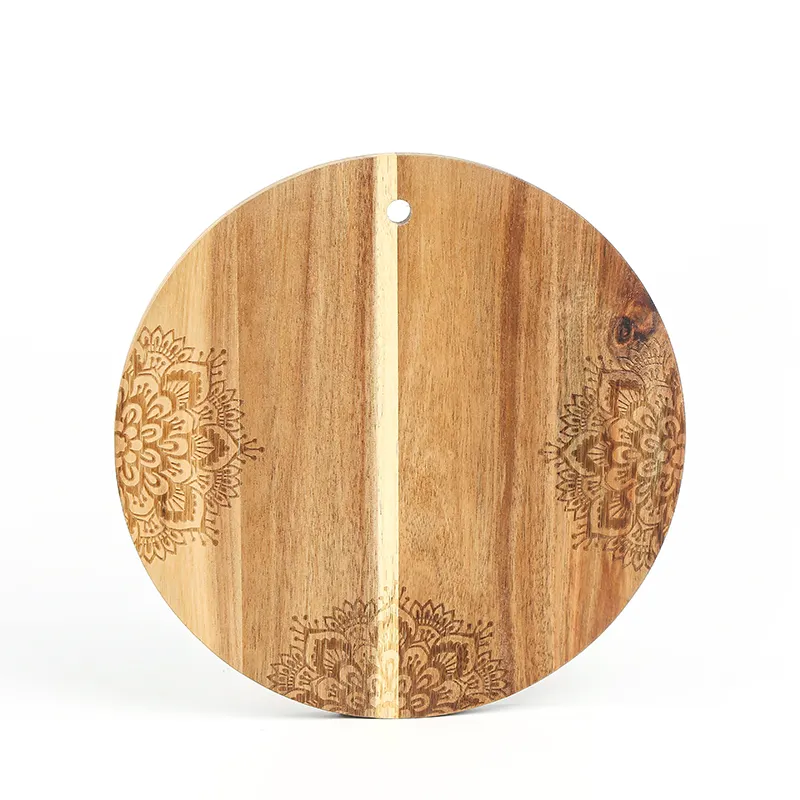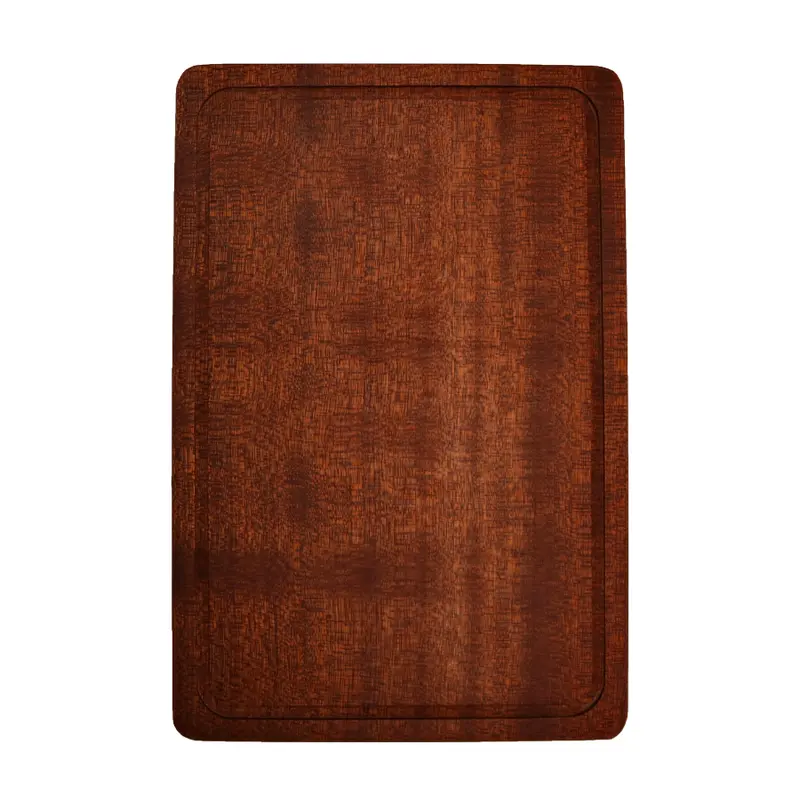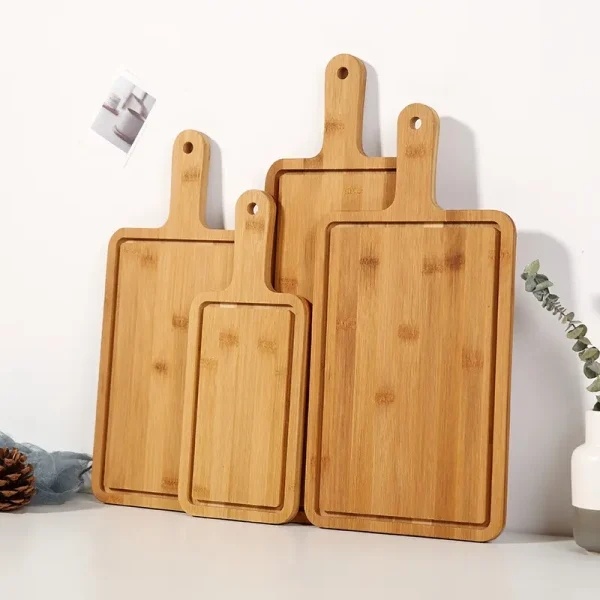Choosing the perfect wood cutting board involves considering various factors to ensure functionality, durability, and maintenance. Here is a comprehensive guide to help you make an informed decision:
- Wood Types:
- Hardwoods: Opt for hardwoods like maple, walnut, cherry, or oak. They are dense and durable, providing a sturdy surface for cutting.
- Size and Thickness:
- Size: Choose a size that fits your kitchen space and meets your cutting needs. A larger board offers more workspace, while a smaller one is easier to handle.
- Thickness: A thicker board is generally more durable. Aim for at least 1 to 1.5 inches for stability.
- End Grain vs. Edge Grain:
- End Grain: Offers a self-healing surface, making it gentler on knife blades. Ideal for heavy chopping.
- Edge Grain: Durable and more affordable. Suitable for everyday chopping and slicing.
- Maintenance:
- Oil Treatment: Regularly treat the board with food-grade mineral oil or beeswax to prevent it from drying out and cracking.
- Cleaning: Hand wash with mild soap and warm water. Avoid soaking, as excessive water exposure can damage the wood.
- Design and Aesthetics:
- Consider the aesthetic appeal of the wood and how it complements your kitchen decor.
- Cutting Surface:
- Juice Grooves: Some boards come with built-in grooves to catch juices from meats and fruits, preventing mess.
- Flat Surface: Ensure the board has a flat and even surface for stable cutting.
- Budget:
- Determine your budget beforehand. While high-quality wood cutting boards can be an investment, they offer long-term durability.
- Brand Reputation:
- Consider purchasing from reputable brands or artisanal craftsmen known for producing quality cutting boards.
- Special Features:
- Some cutting boards come with additional features such as handles, non-slip feet, or even customization options.
- Consider Your Cooking Style:
- If you frequently handle heavy-duty chopping, go for a thicker and more resilient board. If you mainly do light chopping and slicing, a thinner board may suffice.
Remember to check customer reviews and testimonials to gauge the performance and durability of specific cutting boards before making a purchase.



